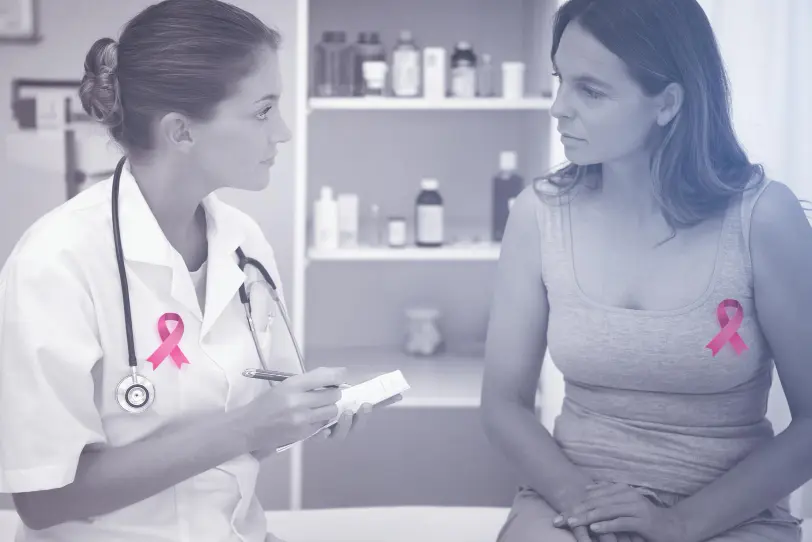Breast pain, also known as mastalgia, is a common symptom that many women experience at some point in their lives. Breast pain can be classified into two main types: cyclical and non-cyclical.
-
Cyclical Breast Pain:
- Timing: This type of breast pain is associated with the menstrual cycle and tends to occur in the premenstrual phase.
- Cause: Hormonal fluctuations, particularly changes in estrogen and progesterone levels during the menstrual cycle, can lead to cyclical breast pain.
-
Non-Cyclical Breast Pain:
- Timing: Non-cyclical breast pain is not related to the menstrual cycle and can occur at any time.
- Cause: This type of breast pain may be linked to factors such as injury, trauma, muscle strain, inflammation, or certain medications.
Common Causes of Breast Pain:
-
Hormonal Changes:
- Fluctuations in estrogen and progesterone levels, especially during menstruation, pregnancy, or menopause, can contribute to breast pain.
-
Breast Cysts:
- Fluid-filled sacs in the breast tissue can lead to pain and discomfort.
-
Fibrocystic Breast Changes:
- Changes in breast tissue density and the development of fibrous tissue can cause non-cyclical breast pain.
-
Injury or Trauma:
- Bruises, strains, or injuries to the breast area can cause pain.
-
Infection:
- Infections, such as mastitis (common during breastfeeding), can cause breast pain.
-
Medications:
- Some medications, such as hormonal therapies or certain psychiatric medications, may contribute to breast pain as a side effect.
-
Breast-Related Procedures:
- Recent breast surgery, biopsy, or other medical procedures can lead to pain.
Treatment and Management:
-
Over-the-Counter Pain Relief:
- Nonsteroidal anti-inflammatory drugs (NSAIDs) like ibuprofen can help alleviate pain and inflammation.
-
Hormonal Therapies:
- For cyclical breast pain, hormonal therapies such as birth control pills or hormone replacement therapy may be prescribed.
-
Heat or Cold Therapy:
- Applying a warm compress or cold pack to the affected area can provide relief.
-
Supportive Bras:
- Wearing a well-fitted and supportive bra can help reduce discomfort, especially during physical activities.
-
Avoiding Caffeine and Dietary Changes:
- Some women find that reducing caffeine intake and making dietary adjustments can alleviate breast pain.
-
Medical Evaluation:
- If the pain persists or is severe, it’s important to consult a healthcare professional to rule out any underlying conditions. Diagnostic tests, such as mammograms or ultrasounds, may be recommended.

